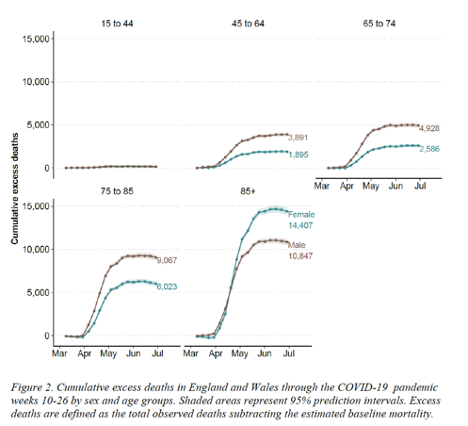Some thoughts on a new pre-print from @brunoarpinoFLR @ValeriaBordone @PasqualiniMarta on empirical evidence for intergenerational contact and #COVID19 osf.io/preprints/soca… …#poptwitter @oxfordemsci @melindacmills @rotondivale 1/
In our pre-print from mid-March, we hypothesized that close intergenerational ties may have helped accelerate spread of COVID-19 in Italy from Milan to the older, vulnerable population... 2/
which combined with the high % of older persons in Italy resulted in a high number of deaths. doi.org/10.1101/2020.0… 3/
As any hypothesis in an emerging situation, it’s important to test empirically as data become available. @brunoarpinoFLR & colleagues show that with aggregate level cross-country and regional data, it is difficult to find support for the hypothesis… 4/
Specifically, they find that “at the country-level higher prevalence of intergenerational co-residence and contacts is broadly positively associated with number of COVID-19 cases (per 100,000 persons), but the opposite is generally true at the sub-national level.” 5/
“While this inconsistent evidence neither demonstrates the existence nor the inexistence of a causal link b/t intergenerational relationships & the prevalence of COVID-19 cases,we warn against simplistic interpretations of the available data which suffer from many shortcomings."
"Only retrospective individual level data will provide robust evidence on the role of intergenerational ties.” Hear hear! I agree that this question is very difficult to answer with the aggregate-level data presented, for several reasons: 7/
1.) It’s more likely that high-levels of intergenerational contact *interact* with COVID-19 transmission, but are not the primary driver of cases. Original seeding and intensity of transmission is a necessary first condition. 8/
Infection seeding is partly random, but also connected to int. travel which distinguishes Milan vs Greece, for example. This is true within countries as well—the randomness of early transmission much more important for case #s than variation in intergenerational contact. 9/
Also, we hypothesized that high levels of intergenerational contact would lead to more *deaths* by hastening spread to older people. It’s not clear a priori why total *cases* would be higher or lower for intergenerational contact vs other types of social contact... 10/
...unless you assume older cases more likely to be detected. But this will vary by country and testing regime. 11/
Since the analysis here focus on cases (& cases per 100,000, which has its pros and cons as @jburnmurdoch reminds us), the lack of robust correlations within or across countries is not surprising.
https://twitter.com/jburnmurdoch/status/1248731769798623235?s=2012/
*Within* countries with high levels of intergenerational contact like Italy, regional variation in contact are unlikely to explain diffs in transmission. Within vs. across country variation is low, AND diffs in initial infection levels would trump these small differences. 13/
Finally- & we hope this day never comes-until the infection is very widespread it will be difficult to draw conclusions from this type of ecological analysis due to the stochastic nature of the epidemic spread AND the standard confounding problems the authors describe. 14/
This article highlights the challenge of understanding cross-country or regional differences in COVID-19 given the many factors involved, including the importance of randomness: nytimes.com/2020/05/03/wor… 15/
As @brunoarpinoFLR & colleagues emphasize, individual level data, especially following people over time is ultimately needed understand these important transmission dynamics. Some promising developments there, such as @ONS study in the UK. 16/ ons.gov.uk/surveys/inform…
We must acknowledge the high costs of family separation in instrumental and emotional support. Still, the facts of concentrated mortality at older ages requires vigilance to minimize transmission to these groups, whether that setting is families or care homes. 17/
Thanks to @brunoarpinoFLR @ValeriaBordone & @PasqualiniMarta for this important critical lens and pushing the empirical ball forward! #poptwitter #demography #epitwitter @AndreasShrugged @timriffe1 18/18
• • •
Missing some Tweet in this thread? You can try to
force a refresh








